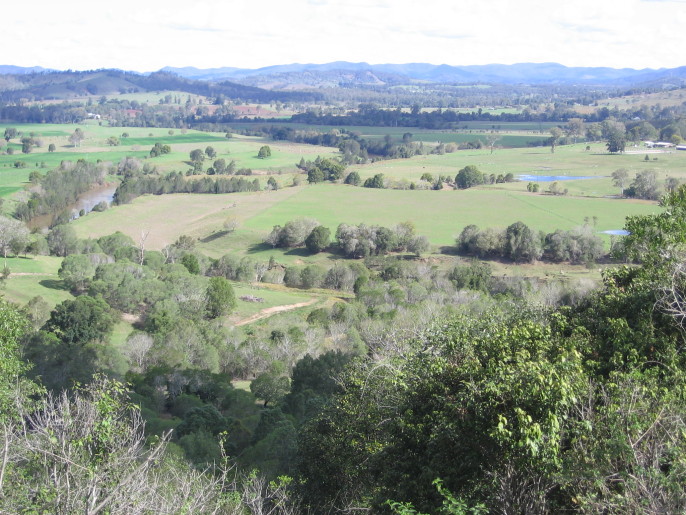
Meet the ‘Punk of the Turtle World’ and Read Its Strange Story
This wasn’t the first time the Mary River turtle was saved from extinction though. Back in the 1960s and ’70s, these animals were sold as “penny turtles” throughout Australia, without people actually knowing where they were coming from. In fact, the species hadn’t even been discovered by science or properly described, and it almost went extinct before that could happen. Besides being sold as pets, decades of cattle grazing, tree felling and sand mining along the river’s banks had degraded water quality, endangering their habitat.
At last, Sydney-based reptile expert John Cann realized the little turtle being sold as a Christmas gift in NSW and Victoria was actually a species unknown to science. (In those times, the wildlife trade had its own flawed code of ethics and dealers refused to provide details of their suppliers.) Cann became obsessed with identifying the species, and for two decades he relentlessly searched for its origins in hundreds of Australian river systems and in Papua New Guinea.
Finally, in 1984 the Victorian government banned the selling of freshwater turtle hatchlings with a shell length less than 100 mm, effectively stopping the harvest and trading of Mary River turtles. That also meant there was no longer a need to keep its origin as a secret by wildlife traders and John eventually tracked the species down to the town of Maryborough, whereabouts the animal’s habitat can be found.
That was when the turtle was saved from extinction for the first time.The battle for the Mary River turtle continues, however. Although it has now been saved from the detrimental effects of the dam, its future is by no means secured. Much more has to be done before we can safely say that the punk of the turtle world will indeed survive.
At last, Sydney-based reptile expert John Cann realized the little turtle being sold as a Christmas gift in NSW and Victoria was actually a species unknown to science. (In those times, the wildlife trade had its own flawed code of ethics and dealers refused to provide details of their suppliers.) Cann became obsessed with identifying the species, and for two decades he relentlessly searched for its origins in hundreds of Australian river systems and in Papua New Guinea.
Finally, in 1984 the Victorian government banned the selling of freshwater turtle hatchlings with a shell length less than 100 mm, effectively stopping the harvest and trading of Mary River turtles. That also meant there was no longer a need to keep its origin as a secret by wildlife traders and John eventually tracked the species down to the town of Maryborough, whereabouts the animal’s habitat can be found.
That was when the turtle was saved from extinction for the first time.The battle for the Mary River turtle continues, however. Although it has now been saved from the detrimental effects of the dam, its future is by no means secured. Much more has to be done before we can safely say that the punk of the turtle world will indeed survive.
Advertisements
28 September 2022
Advertisements



